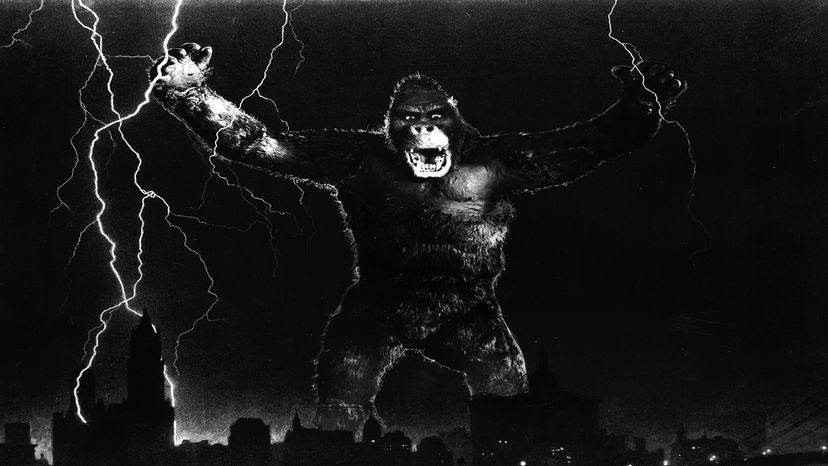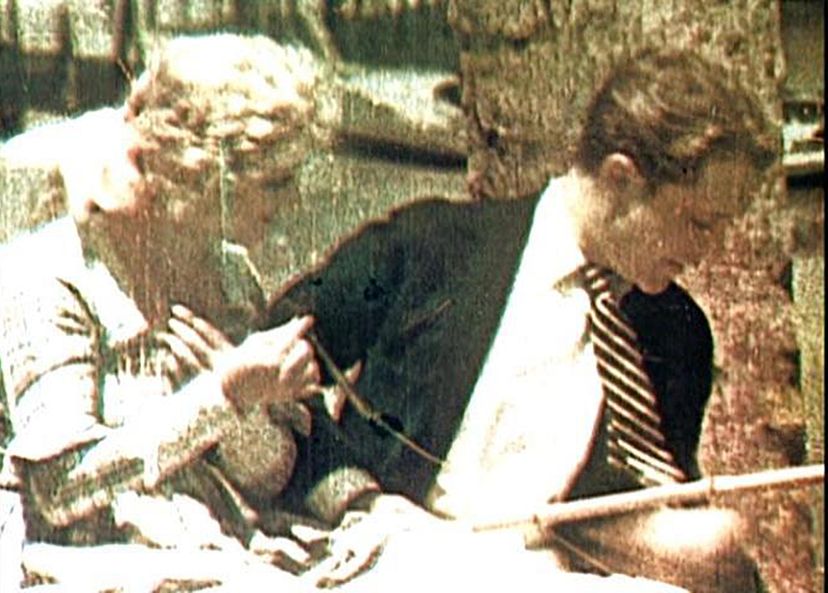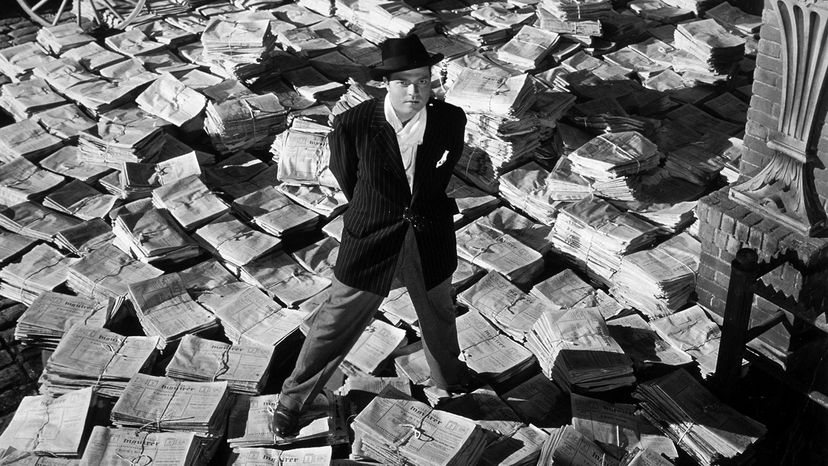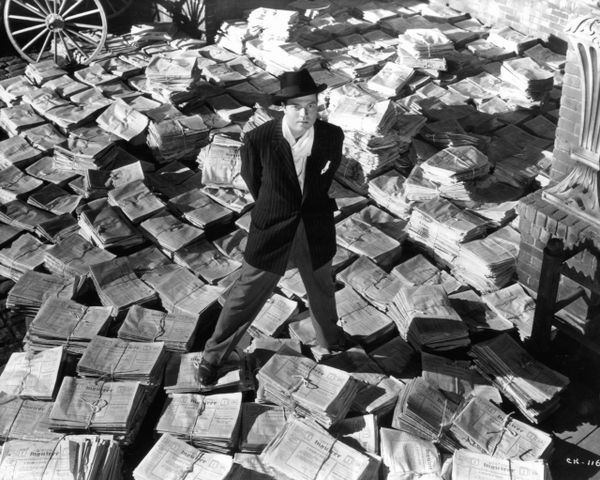Some of the biggest innovations in contemporary filmmaking have come in the post-production process. This is where directors and editors use software applications to enhance the footage that they captured on set. Justin Guerrieri, a filmmaker and editor whose editing credits include "Doom Patrol," "Taken" and "Relationship Status," reflects on how technological advancements continue to expand the boundaries of post-production editing.
"The biggest change in film and TV editing in my lifetime was the switch from editing celluloid film (literally cutting and taping pieces of film together to build a scene) to editing digital video proxy clips on Avid nonlinear computer systems," says Guerrieri. "But that switch really happened before my career, in the '90s."
As for Guerrieri's own career: "The next big change was the ubiquitous use of computer-driven visual effects using programs like After Effects, 3ds Max, Maya, Cinema 4D, Blender and Houdini." These software applications are used by both hobbyists and professionals working at the highest levels of film and television.
"Nearly every film and television show has some use of visual effects now," says Guerrieri. And it's not always in the way an audience might expect. "It could be anything as simple as painting out a piece of tape on the ground that you weren't meant to see, all the way to a fully CGI 3D-animated superhero flying in outer space."
Because film editing software is now available at consumer-level price points, it's possible that the next big innovation in filmmaking won't come from a studio-produced movie like an "Avatar" or a "Star Wars." It might well come from an indie filmmaker or a hobbyist who's figured out a new way to harness digital technology to produce cinematic magic.






